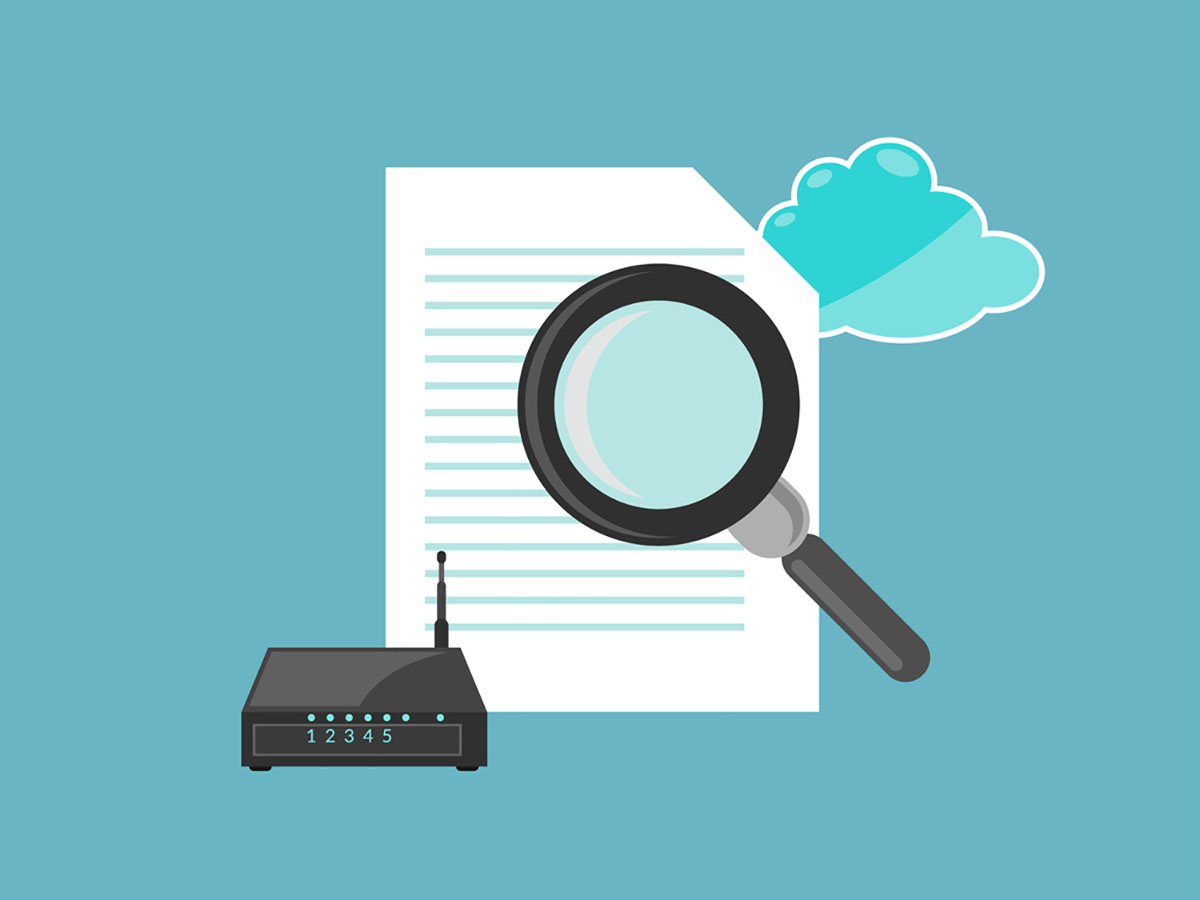Security Automation is a method that uses software to perform tasks related to security without needing human intervention. It involves the use of automated tools to monitor and defend against potential threats and attacks, manage security systems, and report incidents. Not only does this save time on routine tasks, but it also enhances the overall effectiveness and reliability of security measures by reducing the likelihood of human error.
Security Automation Examples
1. Threat Detection
One clear example of security automation is threat detection. This involves the use of specialized software to continuously monitor your entire system. Rather than having a human manually comb through all the information, the automated tool does the heavy lifting. It scours through vast amounts of data, searching for signs of suspicious activities or anomalies that could indicate a potential threat or cyber attack.

Stay One Step Ahead of Cyber Threats
By using advanced analytics and machine learning techniques, the software learns what normal activity looks like within the system. Anything that deviates from this baseline is flagged as potentially harmful. In such cases, immediate alerts are sent to the security team, allowing them to promptly investigate and address any issues. This is much quicker and more efficient than waiting for a human to spot the problem. So, not only does this method save time, but it significantly enhances the system’s overall security by identifying and rectifying issues at the earliest possible stage.
2. Routine Security Checks
A second common use of security automation is in conducting routine security checks. Monitoring the ongoing health of your systems and ensuring that all security measures are up to date can be a time-consuming task if done manually. Automation streamlines this process and does it with a higher degree of accuracy.
For example, automated software can regularly scan your systems to ensure all of them are patched with the latest security updates. It can check firewall configurations, review access controls, or verify that antivirus software is active and updated. You don’t need to remember to perform these checks manually or worry about overlooking something. The automated system handles everything, alerting you only when action is needed. This makes it much easier to maintain the overall security of the system.
3. Incident Response
A third application of security automation is in incident response. Security breaches are, unfortunately, a reality in the cyber world. So, the ability to respond swiftly and effectively when they happen is crucial. This is where automation comes in.
When an abnormal activity or threat is detected, an automated system can immediately kick into action based on predefined response protocols. It can execute a series of responses such as isolating affected systems or users to prevent the threat from spreading throughout the network. Similarly, it can also initiate backup and recovery processes to limit the amount of data that could potentially be lost.
This automated response brings a lot of benefits. It significantly reduces the gap between detection and response, minimizing potential damage. It also takes some of the pressure off the security team, allowing them to focus on investigating the breach and strategizing more complex recovery plans while the initial containment is handled automatically.
Conclusion
Security Automation serves as a key pillar in today’s cybersecurity strategies. By leveraging automated tools for tasks like threat detection, routine security checks, and incident response, businesses can enhance their protection levels and optimize their resource usage, making cybersecurity more efficient and reliable.
Key Takeaways
- Security Automation allows software to handle security tasks, minimizing human intervention.
- Auto-detection of threats is a significant advantage of Security Automation.
- Automated systems perform consistent routine checks, ensuring up-to-date security measures.
- Incident response is expedited with Security Automation, containing threats more promptly.
- These automated processes allow for enhanced security, efficient resource usage, and reduces the chance of human error.
Related Questions
1. How does Security Automation improve efficiency?
Security Automation increases efficiency by automating time-intensive tasks like monitoring, checking for updates, and responding to threats. This also allows security teams to focus on more strategic tasks.
2. Is Security Automation reliable?
Yes, Security Automation is reliable as it reduces the risk of human error, maintains consistent security checks, and reacts more promptly to detected threats.
3. Can Security Automation replace a security team?
No, Security Automation can’t replace a security team. It is a tool that supports and enhances the capabilities of the security team by taking care of routine tasks and allowing the team to focus on more strategic measures.
4. Is it possible to customize the responses of an automated security system?
Yes, it is possible to customize the responses of an automated security system. This usually involves defining the procedures the system should follow when it detects a threat or breach.
5. What happens if a threat is detected by an automated security system?
If a threat is detected by an automated security system, it depends on the predefined procedures. Usually, the system will send out alerts to the security team and may also take immediate steps to isolate the affected system or start backup and recovery processes.
"Amateurs hack systems, professionals hack people."
-- Bruce Schneier, a renown computer security professional






